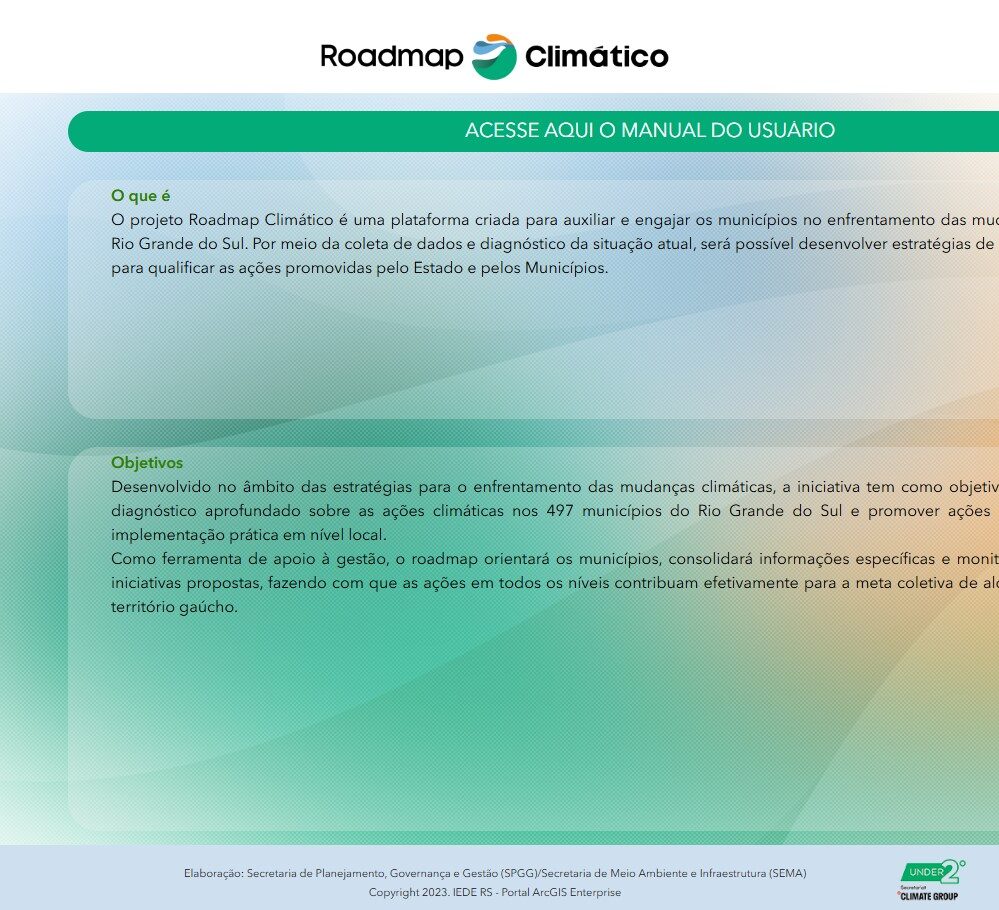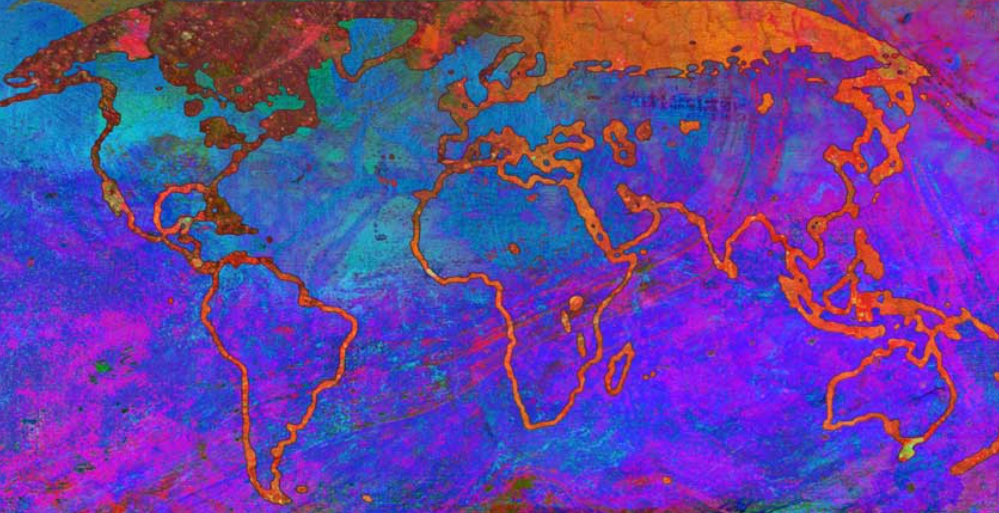At the Daring Cities 2025 Bonn Dialogues on 18 June, ICLEI – Local Governments for Sustainability and ClimateView, a Swedish technology company that empowers the public sector to make data-informed decisions and investments in the transition, unveiled Version 1.0 of their new white paper, Designing for Delivery: How Cities Can Structure Fundable Climate Transitions.
Co-authored with the Scottish Climate Intelligence Service, RISE Research Institutes of Sweden, the Stockholm Resilience Centre, and the DMI-ecosysteem, the paper introduces the Dual Lens of Transition Planning, a method to help cities translate multilevel governance and systems thinking into trackable, fundable climate actions.
Key insights were shared during the “Data-driven decision making” roundtable at the Bonn Dialogues. Tomer Shalit, Chief Product Officer and co-founder of ClimateView, introduced the Dual Lens framework as a structured, repeatable approach that operationalizes systems thinking to make delivery visible, measurable, and fundable. The Dual Lens comprises three interrelated components:
- Shift Lens: Identifies the systemic changes cities need to meet climate goals and what conditions must exist to achieve them.
- Intervention Lens: Maps out the concrete policies, actions, and investments needed to achieve those shifts.
- Transition Pulse: Tracks early signals of progress to help cities adjust strategies and stay on course.
In addition, Clare Wharmby, Programme Director at the Scottish Climate Intelligence Service, presented how 32 Scottish local authorities are using ClimateView to align local delivery with national net-zero targets.
The session also covered additional case studies from the Ruhr Region in Germany, the Netherlands, and the United States, illustrating real-world applications.
This launch marks the beginning of a broader collaborative process. A final version of the white paper, along with follow-up documents focused on financing and regional application, will be released in the lead-up to COP30.
Read and contribute to the next version. Download the white paper here.





